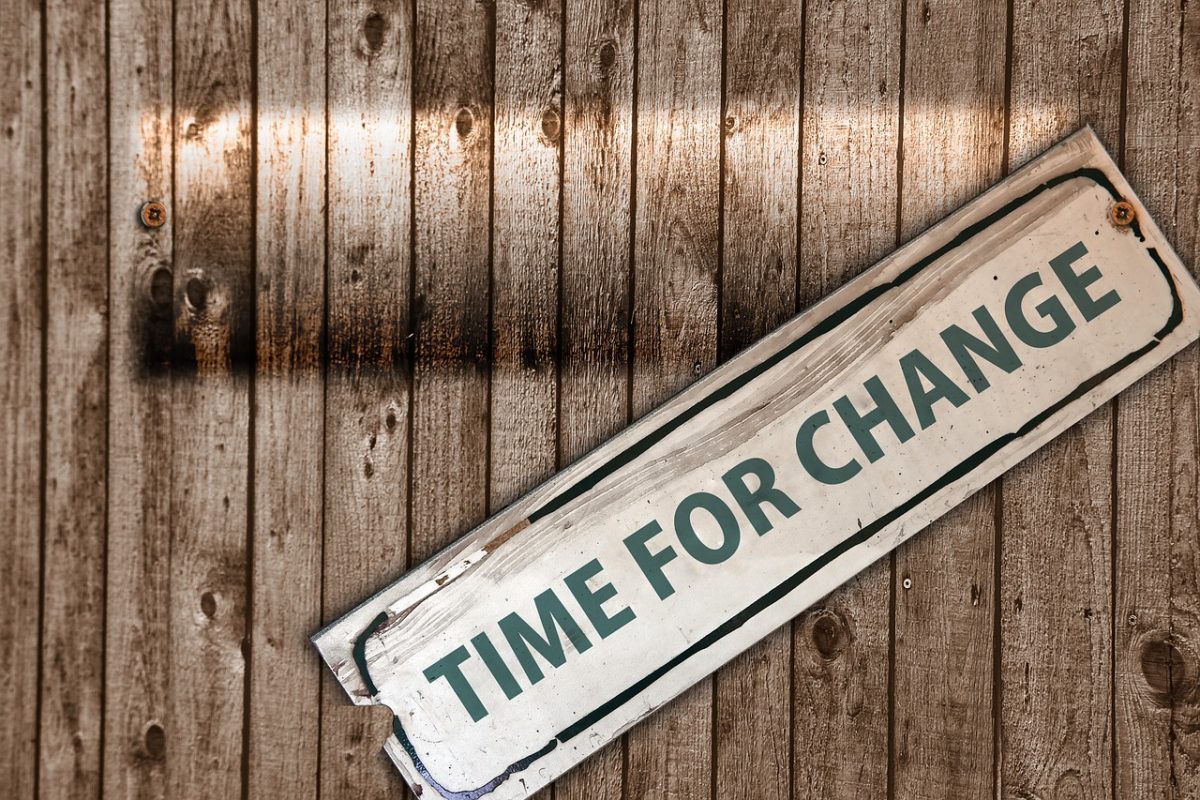Customer Journey Tracking and Building Customer Strategy
Customer Journey Tracking and Building Customer Strategy
By Gary Angel
|February 20, 2017

I’ve detailed five different ways that in-store customer journey tracking drives store improvement: from optimizing store merchandising to improving in-store digital experiences and tuning omni-channel visits. All are important and each can drive measurable ROI. But in-store customer journey also tracking has broad implications at the strategic level of your organization. Everyone wants to be more customer focused. I hear that all the time. Over and over. I even agree. And if you’re delivering a physical experience to customers without adequate measurement, you’re not just delivering a sub-optimal experience, you’re missing out on an opportunity to drive customer-centric thinking deeper into your enterprise.
In organizations that take customer focus seriously, the key question isn’t what will maximize sales. It’s what does the customer like/want. Getting an organization to think that way isn’t easy and it’s not even always clear that it’s the right thing to do. I’ve seen plenty of cases where operations and sales people just roll their eyes at a customer-centric proposal – sure that the bottom-line impact will be unsustainable. I tend to shy away from absolutes. The world is a complex place and not every problem demands absolute customer focus regardless of cost. But I do know this; unless you take that customer question to heart, your customer journey exercises will fail. You really do have to care about the customer’s experience and you have to get used to thinking about it that way.
Analytics in general and in-store measurement tracking in particular is a powerful tool for driving customer-centricity. Customer experience issues aren’t captured in traditional ERP data. They don’t show up in our BI reports on product sales by SKU. They aren’t illuminated by marketing studies. To bring customer experience into focus in the organization, you need a set of tools that help the organization map, track, and study real customer experiences.
In physical measurement, store tracking systems aren’t the only tool in your customer experience toolkit (just as digital analytics tools aren’t the only tools in the digital world). Voice of Customer data, in particular, is a critical part of building customer-centric thinking and fueling both strategy and continuous improvement. For years now I’ve championed the integration of VoC data with behavioral data so that decision-makers can see and balance the trade-offs between hard goals (sales optimization) and soft goals (experience, branding, satisfaction). That’s every bit as true in physical retail as it is in eCommerce with the additional requirement that Voice of Employee becomes almost equally important.
You can’t craft and hone an effective customer journey strategy on the back of a one-time customer journey mapping consulting engagement. That doesn’t work. Part of real customer-centricity is realizing that the work of understanding and optimizing customer journeys never ends. It’s a continuous process that requires tools and organizational commitment.
But by bringing real-measurement of the in-store customer experience to your enterprise, you drive a whole new set of customer-centric questions and a fundamentally different approach to staying customer-focused into the enterprise. I spent the last few years prior to Digital Mortar helping drive enterprise digital transformation. It’s hard. But customer measurement is both a hammer and wedge into the organization; it’s one of the most effective tools around to drive organizational transformation.
Use it.
Questions you can Answer
- What types of customer shopping experiences are there in the store?
- How do those experiences change in nature or distribution by store type and region?
- How do my traditional customer segments map to in-store behaviors?
- How do loyal customer visits in-store differ from casual or non-loyal visits?
- Are there customers who aren’t well served by the store layout?
- Are we finding the right type of sales associate and is there incentive structure encouraging both sales and customer satisfaction?
- Have we setup the store and store operations to minimize customer frustration?
To find out how Digital Mortar can help you improve your in-store experiences and drive transformation, drop us a line.